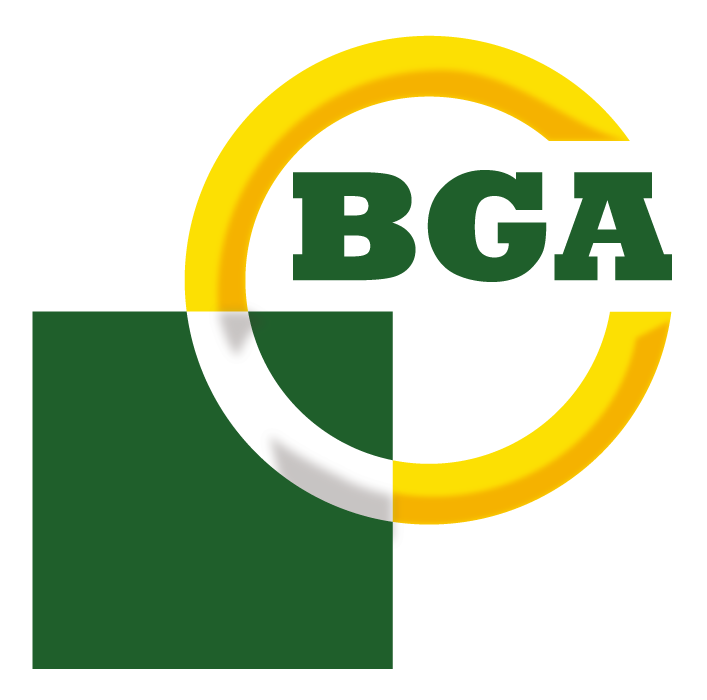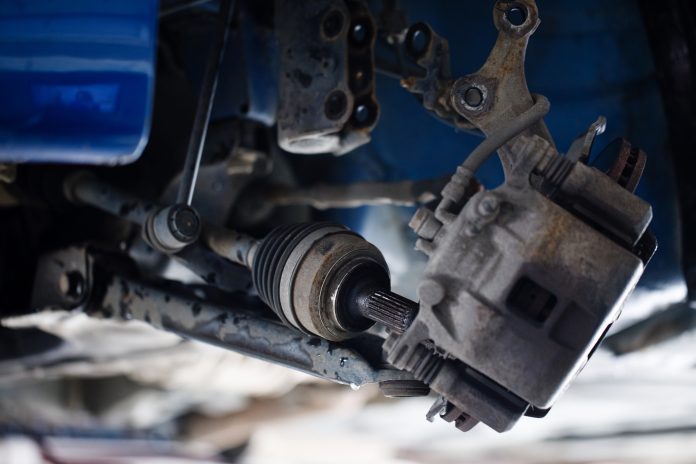Transmission is one of the most important aspects of your vehicle – ensuring that it is maintained and working correctly will guarantee trouble-free motoring. When referring to a transmission it is generally in relation to the gearbox. However, for the purposes of this article we are going to be focusing on several important components which are a part of the transmission – driveshaft and CV joint.
A driveshaft assists the engine to deliver power to your vehicle’s wheels. The driveshaft provides rotational torque to the wheels and is directly connected from the gearbox to the wheel bearing via a CV joint.
A CV joint (constant velocity) is a type of a mechanical joint lubricated by grease which allows the drive shaft to transmit power from the gearbox through a variable angle at a constant speed. It is essentially the connection between the drive shaft and wheel bearing.
CV Joint boot:
One of the most common problems with a CV joint is when the protective boot cracks or gets damaged allowing grease to come out and moisture and dirt to get in. Once this happens, the CV joint will wear out and fail as there is no lubrication provided and corrosion is allowed to take place. The outer CV joint boots (by the wheel bearing) are more liable to break as they have to endure harsher conditions and movement compared to the inner cv joint boots.
Top 5 CV Joint failure symptoms:
Knocking Sounds:
A seriously damaged CV joint will cause knocking sounds which can either come from the inner or the outer joints on the driveshaft.
Turning Noises:
Clicking or popping sounds when turning your vehicle is very likely caused by a broken or a worn-out CV joint.
Grease on your tyre:
Grease along the edge of your tyre is likely to indicate that your CV joint boot is cracked or teared. Depending on the amount of damage to the CV joint boot you may notice a larger or a lesser amount of grease being ejected.
Car bouncing:
A worn-out or a faulty CV joint is likely to cause your vehicle to be less stable and bounce when driving over a flat paved road.
Vibrations:
A damaged CV joint will cause your vehicle to vibrate whilst driving. As the CV joint is engineered to perfectly rotate at variable angles – a worn/damaged CV joint will not be balanced properly during rotation and will cause vibration. Higher accelerations and speed will result in more intensive vibrations.
CV Joint Repairs:
A damaged CV joint can be fully repaired and restored to OE specifications using quality components such as a BGA CV joint kit which contains all the necessary components to fully restore a driveshaft. BGA CV joint kits compromises of the CV joint, clips, CV joint boot, MoS2 grease & necessary bolts.
POPULAR CV JOINTS
CV0158A
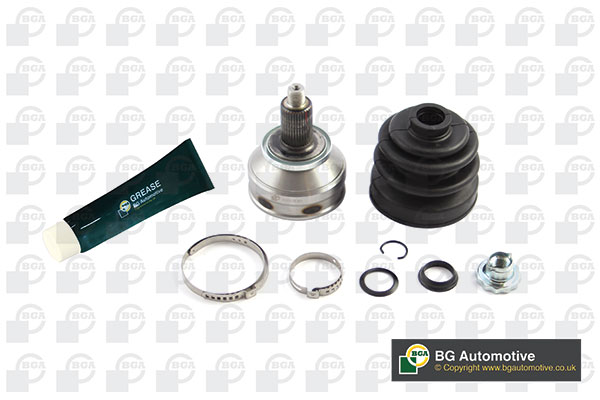
VW POLO 2000 – 2017
SEAT IBIZA 2002 – 2017
CV0165A
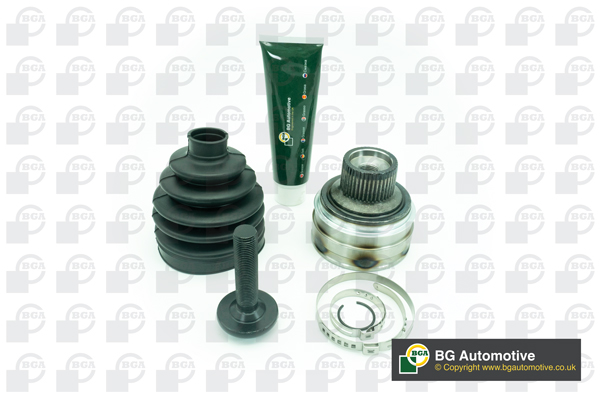
AUDI A4 2009 – 2016
AUDI Q5 2008 – 2017
CV0120A
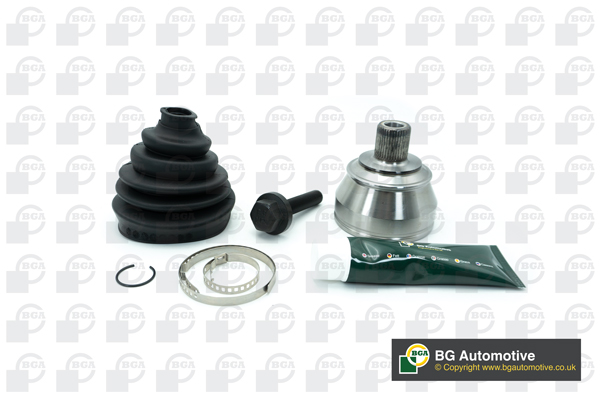
AUDI A6 2001 -2011
AUDI A8 2002 – 2010
About BGA (BG Automotive):
BGA is an Automotive Aftermarket parts supplier, celebrating over 90 years of OE manufacturing heritage as the aftermarket division of the largest privately owned OE supplier, 4BG Group, established in 1929.
BGA focuses on providing one of the largest ranges of high quality, competitively priced parts in the aftermarket containing Auxiliary Drive, Camtrain, Cooling, Gaskets, Lubrication, Power Steering, Steering & Suspension, Timing Belt Kits, Timing Chain Kits and Transmission.

